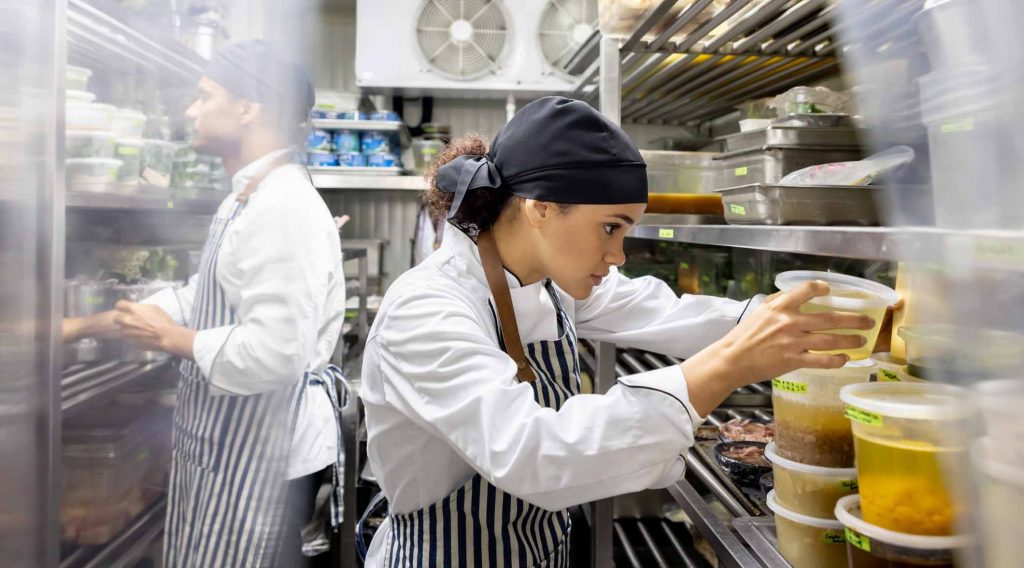
The headline trends in the Asia Pacific market largely echo those of other regions – rapidly improving technology, a focus on waste and a shift towards off-premise dining. In China more people are reducing meat intake, which has seen a boost to the plant-based food market – according to The Good Food Institute, based in the US, the Chinese plant-based meat market has grown at an annual rate of 14.3% since 2014.
Similarly demographic changes in China have forced operators to change design and layout of facilities to cater for more solo diners as the number of single people have spiralled in recent years.
Robert Mang FCSI, of Dishes foodservice consultancy in Hong Kong, believes Halal is among the elements to watch out for in 2020. “I personally feel that this will grow as a trend. Some of the new hotels are in consideration to include an Halal restaurant,” he says and adds it could pose a challenge for consultants. “This could be a big challenge for consultants because the code is very straight forward. I think only a few consultants in China have the know-how.”
Mario Sequeira FCSI, director of Total Hospitality Services in Australia and chair of FCSI Asia Pacific, cites value for money, on demand foodservice; integration of dining and entertainment; and flavour and presentation as his top trends for the year.
He says global economic and political instability, natural disasters and varying needs of consumers – “dealing with everyone from Millennials to Baby Boomers” – are among the elements that add to a challenging environment. Regardless of the bigger picture, Sequeira says key for operators should be their customers. “Operators who focus on their customer needs first, rather than their own, will thrive,” he says.
Spending affected
The current economic climate will inevitably affect diners’ choices. “While we see wave after wave of fads that would come into the market – examples would be the Boba tea craze that swept the market last year and now we’re seeing the Chinese ma’la hotpot trend picking up,” says Brandon Kua FCSI of Malaysia-based Citrus Consult.
“Spending habits will be spread between staple comfort food and the weekend treats to better dining experience as well as food delivery especially in the urban areas. I’m still confident that the whole sector will continue to grow in 2020.”
From a consultant point of view Sequiera points to the trend for shrinking space for kitchens. “Our design and advice needs to be centred around the best use of the limited space available for most kitchens and bars,” he says.
Kua meanwhile believes that foodservice consultants will have to rethink their role. “[These changes] call for for us to change the way we work and design and to anticipate how the market will shift based on growing trends.”
He predicts that the food delivery trend will continue to grow. “Companies such as Grabfood, Foodpanda and GoFood (having tied up with Rebel Foods) will continue to push for a higher penetration throughout the region into Sub-urban areas and second tier cities,” he says adding that it provides a tell-tale of how dining trends of the current working class generation will change for the next decade.
Kua also believes that farm-to-table dining, locavore and zero waste concepts will gain momentum in the Asia Pacific region and picks out China’s enthusiasm for hot-pots will sweep through South East Asia.
Mind the robots
The advance of technology within the wider foodservice sector is generally seen as an advantage, particularly at a time when operators struggle to recruit new people. However, Kua strikes a note of caution.
“The use of more artificial intelligence, self-service kiosks and machines could pose a real issue in replacing headcounts that before did repetitive work. I think that a balance needs to be maintained in the spirit of hospitality that restaurants would still give the warm service to diners rather than be greeted by a robot waiting staff.”
Tina Nielsen




